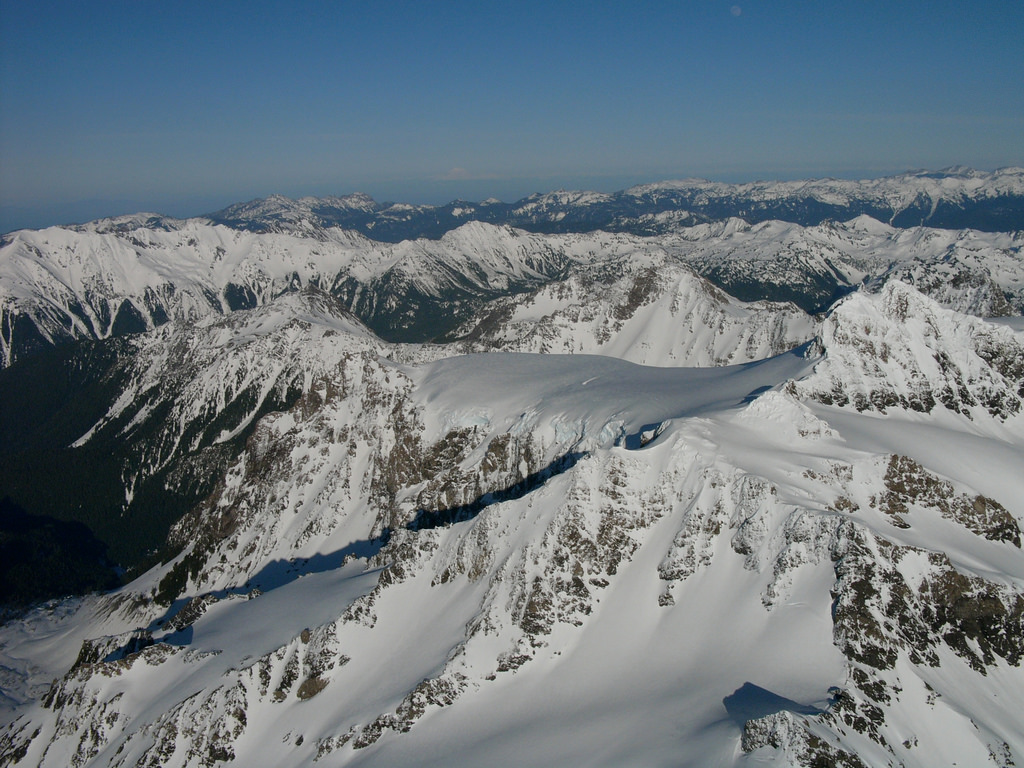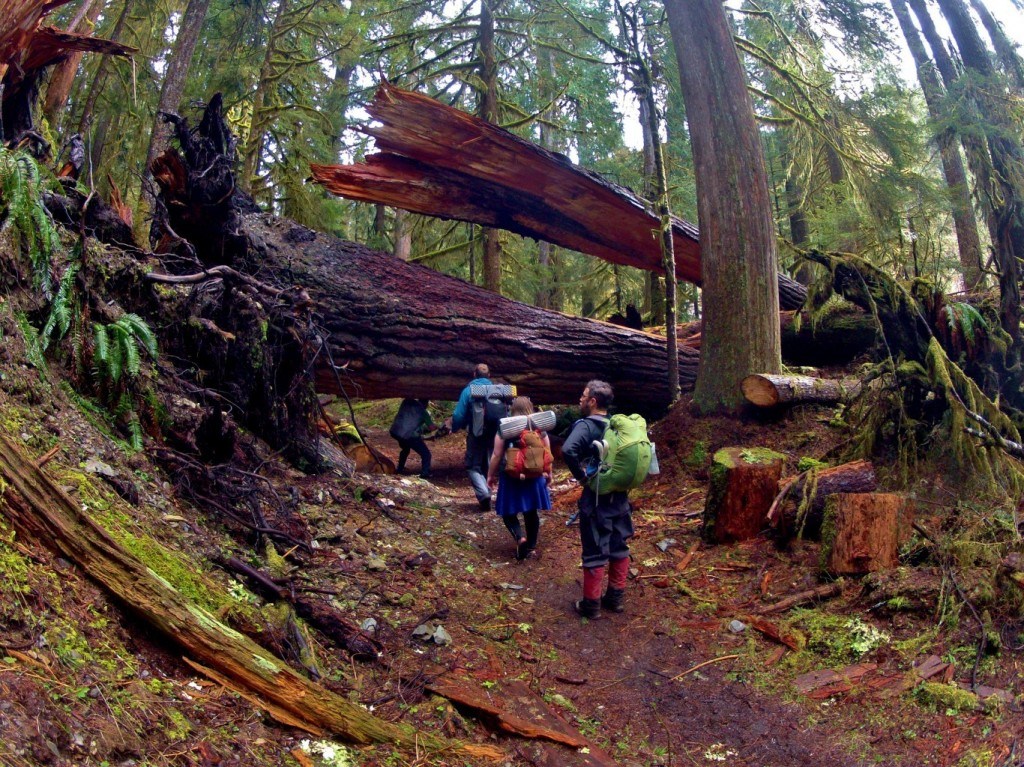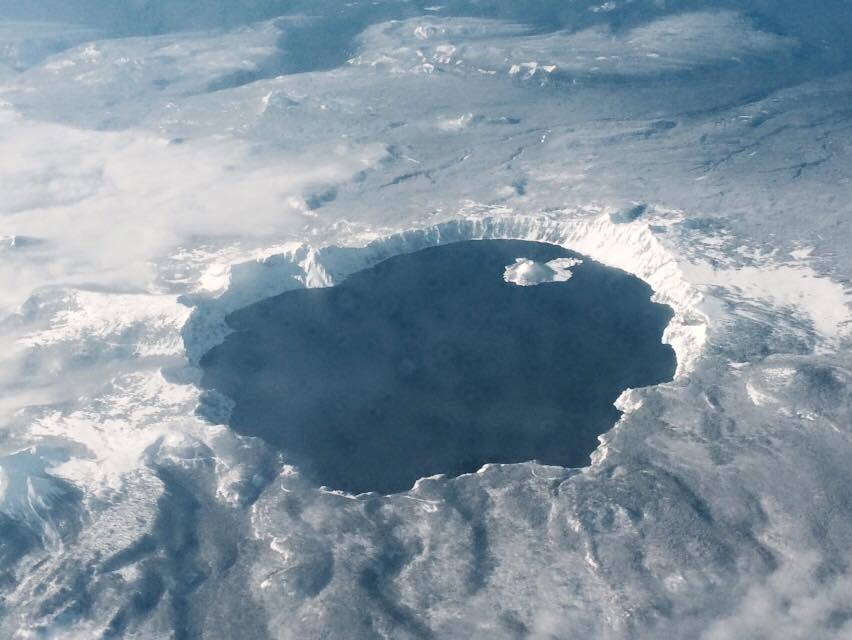It should really come as no surprise.
Leading up to this nearly 8,000 foot mountain in the center of Washington State’s Olympic Peninsula, the Hoh River Valley is known for endless rain that creates the Hoh Rainforest. Receiving over 14 feet of rain a year, the Hoh region of Olympic is one of the wettest spots in the contiguous United States. While most who visit this popular wilderness National Park fall in love with the endless green the rain produces, the mountains above are filled with more glaciers than Glacier National Park and get slammed by endless, powerful moisture-filled storms rolling off the Pacific Ocean. For the past two weeks, Mount Olympus, the highest summit in the Olympic Mountains, has been getting the brunt of this incredible winter weather.
The build up to the winter of 2016-17 has been pretty spectacular for winter storms, helping the region get 170% of normal snowpack, so far. As snow has fallen on all the lowland regions around the Olympic Peninsula, the mountains ave been getting more than their fair share of powdery goodness. On the remote and stunning Mount Olympus, in the heart of the Olympics, the winter weather has been putting on an incredible display of power and might. For the final weekend of fall 2016, Mount Olympus, which is nearly 8,000 feet above sea level, will see around 70 inches of snow, wind speeds up to 60 miles per hour and a windchill of -11 degrees Fahrenheit. While that may sound impressive and rare, the weekend before was just as spectacular.

A week ago, the high at Mount Olympus, was going to be 16 degrees, with a low of just nine degrees. Thanks to a wind that will was around 30 miles per hour, the wind chill dropped to negative nine degrees for a few days. In just 96 hours over the weekend of December 10th through 12, 2016, the mountain got a jaw-dropping 60.7 inches of snow. That puts the two weekend total of snowfall for Mount Olympus over ten feet. Not bad for a glaciated peak that isn’t visible from any major city and is climbed by hundreds each summer.
For those unaware, Mount Olympus has seven glaciers, the longest of which is the Hoh Glacier, which is over three miles in length. The glaciers on Mount Olympus are the Blue, Hoh, Humes, Jeffers, Hubert, Black Glacier, and White, with the largest being Blue Glacier, sporting a volume of 0.14 cubic miles (0.57 km3) and area of 2.05 square miles. The weather on Mount Olympus in Olympic National Park is incredible to monitor and I hope everyone occasionally checks in with the website that predicts the forecast for this incredible peak.
If you want to learn more about this remote mountain, feel free to check out a post I wrote a few years ago about Mount Olympus. The post includes the fastest known summit time, as well as a great dose of human’s history with the mountain.

Thanks to Sam Beebe for the incredible header image.



